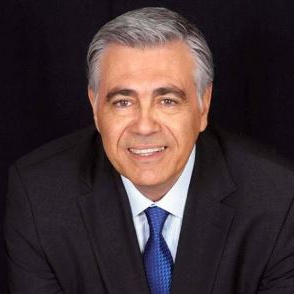Recent Advances in Trauma and Reconstructive Surgery of the Extremities
A special issue of Medicina (ISSN 1648-9144). This special issue belongs to the section "Surgery".
Deadline for manuscript submissions: closed (31 October 2020) | Viewed by 29476
Special Issue Editors
Interests: adipose stem cells; regenerative medicine; smart biomaterials; osteoarthritis; novel technologies; exosomes
Special Issues, Collections and Topics in MDPI journals
Interests: plastic surgery; reconstructive surgery; microsurgery; free flap; free tissue transfer
Special Issues, Collections and Topics in MDPI journals
Interests: hand surgery; reconstructive surgery; trauma; regenerative medicine; flaps
Special Issues, Collections and Topics in MDPI journals
Interests: plastic surgery; reconstructive surgery; microsurgery; free flap; free tissue transfer
Special Issues, Collections and Topics in MDPI journals
Special Issue Information
Dear Colleagues,
Extremity injuries are common and can present a significant injury burden for patients, especially if an extremity is mangled. The frequency of injuries in these parts of the body has become more difficult to prevent with the rise in popularity of practices such as riding motorcycles, as well as extreme sports such as skiing, bungee jumping, and mountain-bike. Complex limb injuries due to high kinetic energy crushes are characterized by an extensive loss of soft tissue and bone substance and may be associated with vascular injury. These cases require coordination between the peripheral vascular and microsurgical team and the orthopedist to obtain a rapid and accurate diagnosis of vascularization and to plan adequate wound care and revascularization. Extremity injuries can represent a challenge for surgeons due to several factors, such as the extent of the trauma, wide loss of substance, and a close anatomic relation with vital structures. For these reasons, achieving an optimal outcome in patients with severe upper and lower extremity injury requires a multidisciplinary approach with oversight by the general or trauma surgeon and commitment from other specialists, including orthopedic, vascular, and plastic surgeons and rehabilitation specialists.
The aim of this Special Issue is to provide the readership with current information regarding diagnosis, pathophysiology, techniques, and strategies for the management for upper and lower extremity reconstruction.
This includes the orthopedic management of complex traumas of the extremities, presurgical assessment for the best reconstructive options, orthoplastic reconstruction of the arms and legs (e.g., locoregional flaps, perforator flaps, microsurgical techniques of extremity preservation), the available evidence for choosing individual reconstructive algorithms and practices, wound care treatment and management, the role of adjunctive therapy for wound healing (e.g., hyperbaric oxygen therapy, vacuum-assisted closure therapy), salvage in patients with devastating injuries or severe medical comorbidities, postsurgical complications and their clinical management, and rehabilitation solutions for extremities.
Furthermore, we encourage the publication of original and interesting case reports that contribute significantly to medical knowledge.
Dr. Francesco De Francesco
Dr. Nicola Zingaretti
Dr. Michele Riccio
Prof. Dr. Piercamillo Parodi
Guest Editors
Manuscript Submission Information
Manuscripts should be submitted online at www.mdpi.com by registering and logging in to this website. Once you are registered, click here to go to the submission form. Manuscripts can be submitted until the deadline. All submissions that pass pre-check are peer-reviewed. Accepted papers will be published continuously in the journal (as soon as accepted) and will be listed together on the special issue website. Research articles, review articles as well as short communications are invited. For planned papers, a title and short abstract (about 100 words) can be sent to the Editorial Office for announcement on this website.
Submitted manuscripts should not have been published previously, nor be under consideration for publication elsewhere (except conference proceedings papers). All manuscripts are thoroughly refereed through a single-blind peer-review process. A guide for authors and other relevant information for submission of manuscripts is available on the Instructions for Authors page. Medicina is an international peer-reviewed open access monthly journal published by MDPI.
Please visit the Instructions for Authors page before submitting a manuscript. The Article Processing Charge (APC) for publication in this open access journal is 1800 CHF (Swiss Francs). Submitted papers should be well formatted and use good English. Authors may use MDPI's English editing service prior to publication or during author revisions.
Keywords
- Extremities trauma
- Orthoplastic reconstruction
- Regenerative medicine
- Flaps
- Extremity injuries
- Rehabilitation









